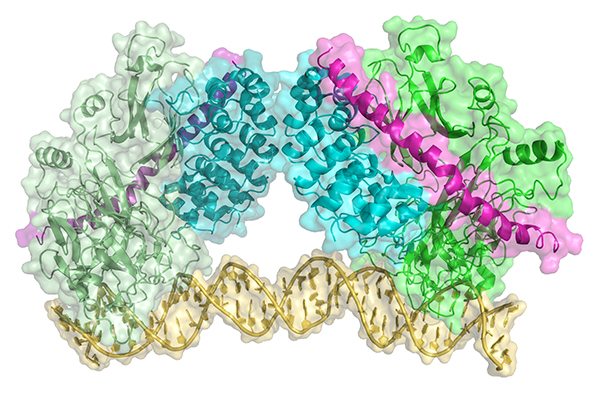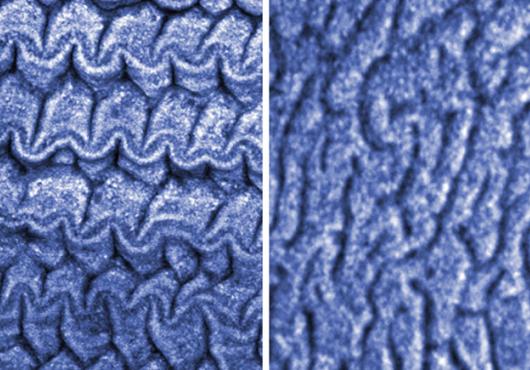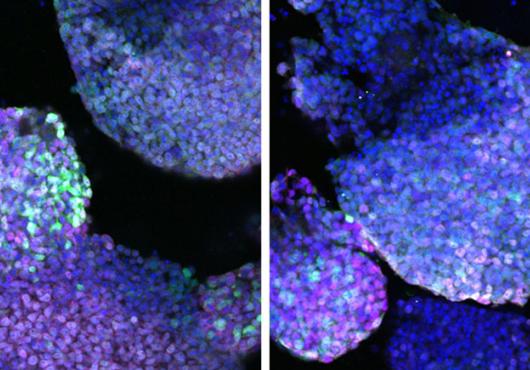
The Notch signaling pathway helps control gene expression in multicellular animals. When working properly, it is vital for brain development, cell communication and cell differentiation in embryos. However, in certain human diseases such as cancer and cardiovascular disease, the Notch pathway goes awry.
To help fine-tune which genes are transcribed, Notch transcription complexes attach to certain binding areas on target genes. They bind to either monomeric sites, which require a single Notch transcription complex, or sequence-paired sites (SPSs), which need two linked-together Notch transcription complexes. While monomeric sites have previously been studied and identified, SPSs are less understood.
In a recent study published in Science Signaling, a team led by researchers at Harvard Medical School and Brigham and Women’s Hospital shed new light on what SPSs do and how to find them throughout the genome. The researchers also gained insight into the link between SPSs and a type of leukemia.
“This work advances fundamental understanding about how Notch proteins act to stimulate expression of genes that control cell identity and cell proliferation in both normal and disease states,” said co-corresponding author Stephen Blacklow, the Gustavus Adolphus Pfeiffer Professor of Biological Chemistry and Molecular Pharmacology and head of the Department of Biological Chemistry and Molecular Pharmacology at HMS.
Previous studies suggested that SPS-regulated genes have stronger and longer responses to Notch compared to monomeric-regulated genes. However, understanding SPS responses is difficult because of their structural diversity and variation in response depending on the cell environment.
The researchers developed a method to identify SPSs within genome-wide data sets using a chemical test called a FRET assay. They found that SPSs mainly exist in long-range enhancers on DNA and that they are present in about a third of Notch target genes. The experiment also showed that there is diversity in SPS DNA sequences.
Leukemia link
The researchers then looked at the prevalence of SPSs in T-cell acute lymphoblastic leukemia (T-ALL) cells.
Previous research by Jon Aster, HMS professor of pathology at Brigham and Women’s and co-corresponding author of the study, found that in certain forms of leukemia, including T-ALL, mutations in Notch receptors increase Notch signaling and drive growth of the cancerous cells.
In this study, the authors discovered that 15 to 20 percent of the binding sites in T-ALL cells are SPSs—highlighting the role SPSs play in these kinds of cells.
“These observations greatly expand the known role of SPSs in mammalian gene regulation and reveal the presence of diverse SPS architectures that contribute to the regulation of Notch target genes,” said Aster. “There is still much to be discovered about SPSs, but the ability to identify them in the genome is a significant stepping stone toward understanding how they function and the exact role they play in regulating gene expression in both healthy and diseased cells.”
Funding for this work was provided by the National Institutes of Health (grants 5P01CA119070 and 5R01CA092433) and the Leukemia and Lymphoma Society.
Adapted from a Brigham and Women’s news story.





